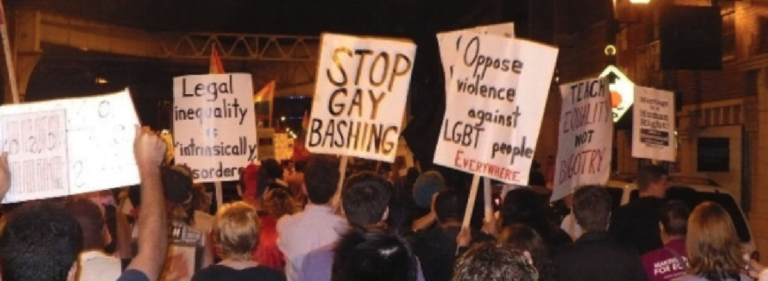This 382 page document provides a global status update on best practice in disaster risk reduction, response and recovery. The report is organised by process (institutionalising DRR within organisations; project planning); by special topics (inclusion by gender, age, disability and minorities; working with communities and participation; indigenous knowledge and coping strategies; communities and technology) and by clustered themes (livelihoods and disaster risk reduction–DRR; communications, information, education; policy, regulation, accountability and advocacy; financial mechanisms; managing urban risk; drought, food security and famine; social crisis and conflict); and finally by stages of implementation (preparation, risk reduction after disaster and M&E).
The book opens with a description of disasters and the capacity of wealthier versus poorer countries to prepare for and respond to disasters. Generally speaking, wealthier countries can better manage the disaster risk reduction and response cycle. A description of DRR and the various stages is then given with examples from Ethiopia and elsewhere. The connections between the development sector and DRR are made throughout, with an emphasis on the role of NGOs in supporting response
Chapter 5 discusses inclusion (i.e. social
inclusion) with the recognition that different people experience disasters
differently based in no small part on their pre-disaster marginalisation and
access to resources. The working definition of gender does not extend beyond
the binary until section 5.6.3, which spends on paragraph on the additional
marginalisation people with diverse genders, sexual orientations and sex
characteristics may face in disasters. Gender is the primary characteristic
discussed in this section; age, disability, indigeneity and migrants are
mentioned as well.
Section 5.6.3 starting on page 113 speaks to the discrimination against lesbian, gay, bisexual (LGBT) people in disaster response. This section notes that discrimination is evident even in countries will relatively high levels of acceptance. Discrimination is particularly evident in emergency shelters, where sexual minorities may face hostility from other inhabitants and emergency responders themselves; in the allocation of resources as a result of official regulatory bodies reliance on outdated understandings of ‘traditional’ (cisgendered, heterosexual and two-parent) families. The report notes that “disaster managers do not, at present, consider the needs and capacities of LGBTQI+ people in their disaster planning or identify them as a specific audience for preparedness advice.”














